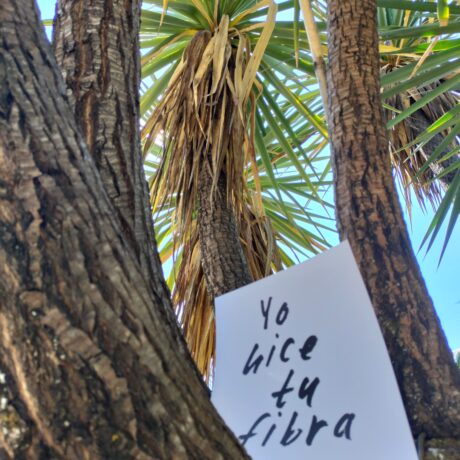Is Fair Trade Enough?
There is a before and after Rana Plaza. We have all heard stories about sweatshops and yet we in the developed world are so far removed from them, it is hard for us to grasp the impact of working in these facilities. The news about the collapse of a building across the world where almost 1,200 people died is treated as news just like an earthquake or a tsunami. But unlike natural disasters, these catastrophes are man made. They happen because of greed, desperation, a lack of moral compass and a willingness to ignore others and their well-being.
Although Zara was not involved in this atrocity, they are synonymous with fast fashion. Armancio Ortega, inspired by newfound freedoms of democracy in 1974, created an affordable apparel label for the frugal Spaniard of the region of Galicia. When Ortega created Zara, the poor region of Galicia thrived with his success. The production was local and employed co-ops and other local sewing companies. Over time, his strategy to offer very affordable fashion using the latest trends on an almost zero in-store inventory model paid off, but forced him to move production to under-developed countries. These business decisions made sense when only looking at the bottom line, however moving production abroad helped create a vacuum of oversight and accountability with their subcontractors.
Now, a couple decades later, the fast fashion industry is facing a backlash. Rana Plaza was hardly the first time that fast-fashion brands such as The Gap or Zara made headlines for their sweatshops, but it feels as though the world is finally ready for a change. For the first time, there could be real financial consequences for fast-fashion companies. People are now craving something different: quality, accountability and connection. People care more about the story behind the products they buy and are more educated about them than ever before.
However, we cannot wait for the big players of the fashion industry to change on their own. We are responsible for creating the change we want to see in mass-market fashion labels. This is why campaigns like “Who Made My Clothes?” are so important. If consumers are more aware of how and who makes their clothes, they will make more educated choices.
But change is coming, in a pure battle of David against Goliath. This is evidenced in the rise of the fashion social enterprises. Vavavida, Zady, Prana, Toms shoes, Warby Parker glasses, and a slew of others all stemmed from fashion entrepreneurs wanting to shake up the industry. These companies are seeking a true connection between what they make, how they are made and how customers experience their products.

Fair Trade will help usher in a new standard of how we treat the people we do business with and change the relationship we have with the products we buy. Being ethical starts at the very base of this new business model. In the best of cases, Fair Trade can be (and should be) the lowest echelon on the ethical production ladder of how to create, sell and market ethical fashion.
But is fair trade enough?
Fair Trade is not the answer to every problem, but it can be part of the solution. Fair Trade is only the beginning and yet we are a long way from making fair trade a standard in every household in America. The awareness of Fair Trade and what it means is still very low. Apart from coffee and chocolate connoisseurs, fair trade is virtually unknown in the US market. We need to raise awareness so that things can start changing for the better.
Full Circle Economics©
This is why when we created Vavavida we wanted to start with Fair Trade as a first step in the right direction and then close the loop. We created what became our operating model of Full Circle Economics©. We source our products from disadvantaged artisan cooperatives from around the world that adhere to the Fair Trade principles, we sell the items at a fair price and —thanks to our non-profit partner Project Concern International— we then use part of the revenues earned from the sales of those goods to re-invest into the communities we source our products from. Since our products are almost entirely made for women and by women, we chose to close the loop by investing in female economic empowerment programs that exist as close as possible to the co-ops we buy from.

From what we know at Vavavida of the effects of Fair Trade on the communities we partner with, it is evident that Fair Trade works. The main co-operative we source our products from has seen its wages rise by 800% ever since they started operating under the Fair Trade principles. The community has also seen a reduction of the impact their work has on the environment and because of Fair Trade, their kids remain in school much longer. But we need to do more. Women are the most affected by poverty but are also the likeliest to pull a community together out of poverty. Therefore, we need to invest in programs that focus on children’s education, female empowerment and women-led village savings program to help a community pull itself out of poverty and create a more sustainable local economy. Fashion done right can save the world.
All content on our blog is editorially independent unless it has been written by a member of the Fashion Revolution team.










